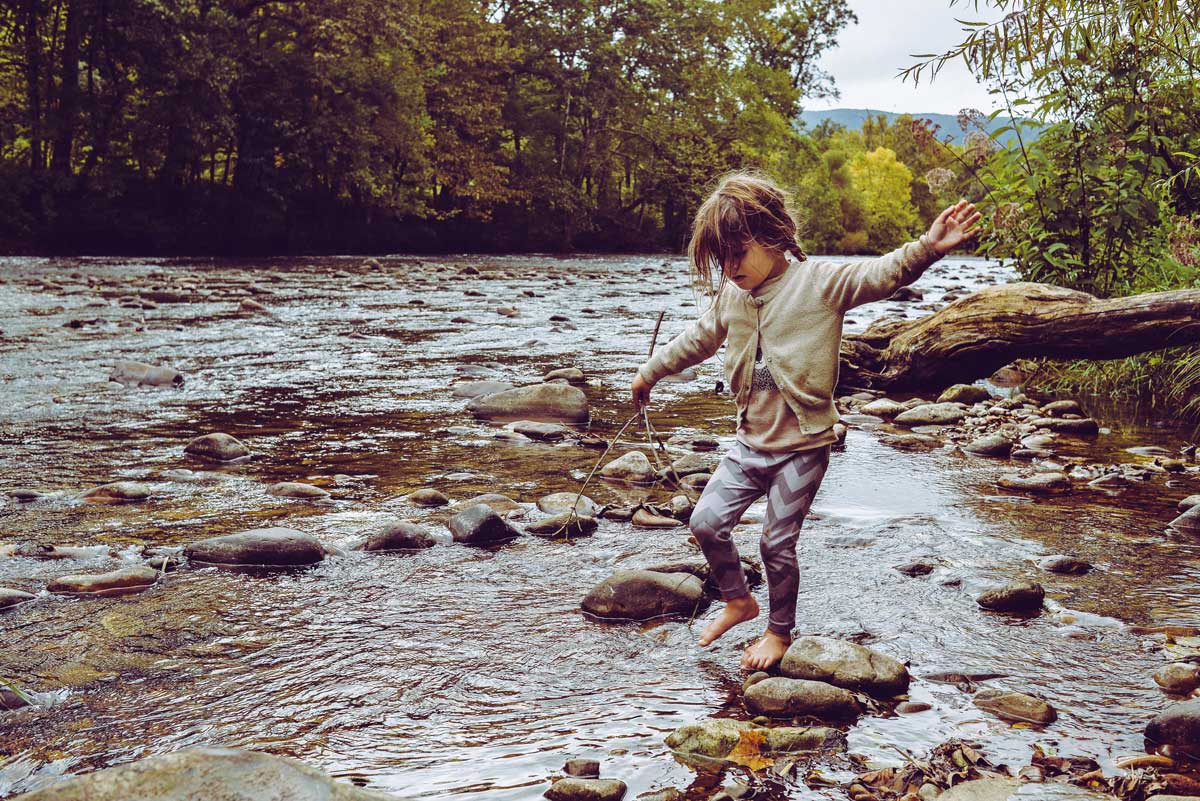Beauty & the Beast
Maclin Horton on Marilyn Monroe & Hugh Hefner, Together at Last
I read not long ago that Hugh Hefner has arranged to be buried near Marilyn Monroe. “When I found the vault next door to Marilyn was available,” he explained to the Daily Telegraph, “it seemed natural.” “Natural” may not be precisely the correct word; let’s say “appropriate” instead, symbolically appropriate.
Marilyn appeared on the cover of the first issue of Playboy in December of 1953. Less than ten years later she was dead of a drug overdose, which may have been an accident, suicide, or even, according to some rumors, murder. By most accounts she had an unhappy life whose disappointments were of such an elemental nature that it’s hard to imagine that they seemed to her a fair trade for fame and money.
Like most movie stars, she couldn’t stay married, and she apparently couldn’t carry a pregnancy to term, a result of chronic endometriosis, which may have made her position as the most visible sex symbol in the world cruelly ironic. What, in the end, is the use to a woman of being celebrated for her beauty if it only works to ensure her loneliness?
A Girlish Cliché
Hefner, on the other hand, celebrated his 80th birthday with a lavish and well-publicized party. There was a picture of him in the paper with a couple of the sort of girls who have always been associated with his magazine: blonde and curvy, but stiff and controlled and synthetic-looking, almost cold. It’s a cliché to compare them to Barbie dolls, but the resemblance can’t be missed.
Apart from differences in the girls’ makeup and hairstyles, the picture could have appeared anytime in the past forty years or so. Hefner has aged but, thanks no doubt to medical skill, still looks pretty good. The girls, of course, are exactly as young as they were forty years ago, having been replaced again and again as necessary from an apparently endless supply.
One wonders how long the working life of a Playboy Bunny, or whatever the girls who are paid to hang around the Playboy enterprise are called these days, might be. Are they stupid, wasting their youth living it up and getting their pictures taken in ridiculous costumes (or out of them)?
Some are, no doubt, but from the look of the girls in the paper, I’d guess that they tend to be a fairly hard-headed bunch who pretty well know what they’re doing, coolly using their sex appeal to get what they want. This bargaining, as old as the species, was discouraged and deplored by feminists of a generation ago, but has now become acceptable again under the name of “empowerment.”
Mais où sont les bimbeaux d’antan? There’s a very limited period of life when young women can play this game. They have, roughly, the decade between twenty and thirty to make their play, and whether they’ve found a tenable path for the rest of their lives is a matter of little or no concern to Hefner and like-minded men.
The girls can go on to become women, using Playboy as a path to something else that they really want: to marry a rich and/or famous man, perhaps; to have children; to have a career that allows them to remain fully dressed; to grow old in security.
Or perhaps to fail, to become prostitutes or drug addicts—it doesn’t matter to Playboy, for whom that ten or twelve years of high sexual bloom is the only thing of interest about a woman. No one, I imagine, pretends that the girls are after the life of unending and inconsequential sexual promiscuity with which the magazine tantalizes the men who read it.
I’m using the word “girl,” by the way, very deliberately, mindful that it is not approved for females past puberty. I don’t know exactly when a girl becomes a woman. But, as with a boy becoming a man, it entails the assumption of some level of responsibility, or some combination of age and responsibility: reaching an age somewhere past thirty, becoming a mother—a responsible mother, that is—or realizing some other solid accomplishment. In any case, Playboy Bunnies don’t qualify.
Hefner’s Monroe
Marilyn Monroe exists for Hefner, one imagines, only as a sex symbol. Her sad childhood of illegitimacy and orphanages and abuse, her solitary pain, her pathetic death, and most of all the life that she did not live, the full life that might have taken her past her youthful sex appeal into something deeper and wiser—none of this is real to his sort of man. Her early death only ensured her permanence as a sexual icon.
It’s not her achievement, but the waste of her that makes her an appropriate female counterpart to Hefner’s version of what a man should be: not a husband, not a father, not wise or good or brave, but a sybarite notable mainly for his shrewd skill in managing to remain one for fifty years. It’s darkly fitting that they should lie beside each other in death, not husband and wife, not even lovers, but consumer and consumed.
The quotation in the first paragraph comes from Matthew Scully’s excellent “The Playboy Legacy” (www.opinionjournal.com/taste/?id=110008169).
subscription options
Order
Print/Online Subscription

Get six issues (one year) of Touchstone PLUS full online access including pdf downloads for only $39.95. That's only $3.34 per month!
Order
Online Only
Subscription

Get a one-year full-access subscription to the Touchstone online archives for only $19.95. That's only $1.66 per month!
bulk subscriptions
Order Touchstone subscriptions in bulk and save $10 per sub! Each subscription includes 6 issues of Touchstone plus full online access to touchstonemag.com—including archives, videos, and pdf downloads of recent issues for only $29.95 each! Great for churches or study groups.
Transactions will be processed on a secure server.
more from the online archives

11.5—September/October 1998
Speaking the Truths Only the Imagination May Grasp
An Essay on Myth & 'Real Life' by Stratford Caldecott
calling all readers
Please Donate
"There are magazines worth reading but few worth saving . . . Touchstone is just such a magazine."
—Alice von Hildebrand
"Here we do not concede one square millimeter of territory to falsehood, folly, contemporary sentimentality, or fashion. We speak the truth, and let God be our judge. . . . Touchstone is the one committedly Christian conservative journal."
—Anthony Esolen, Touchstone senior editor








